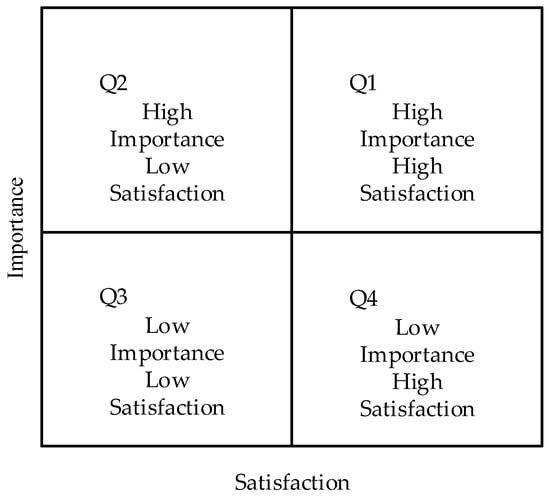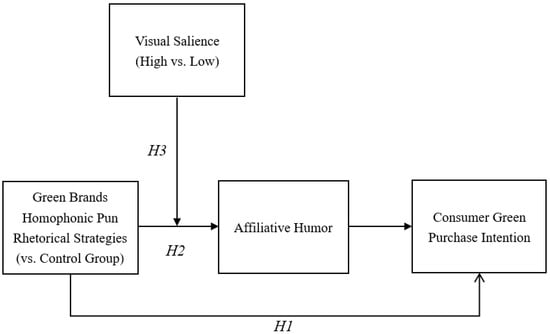- Article
How Does the Fear of Missing Out (FOMO) Moderate Reduced SNS Usage Behavior? A Cross-Cultural Study of China and the United States
- Hui-Min Wang,
- Nuo Jiang and
- Han Xiao
- + 1 author
With the ubiquitous connectivity and exposure of social network service (SNS), the stressors it causes have received extensive attention in the academic community. Unlike previous studies, this research focuses on the cross-cultural dimension and explores the different effects of multiple SNS-generated stressors on user behavior outcomes. Based on the “Stressors-Strain-Outcome” (SSO) theoretical framework, we constructed a “technical stressors—exhaustion—reduced SNS usage intention” pathway to systematically investigate five types of technical stressors. These were perceived information overload, perceived social overload, perceived compulsive use, perceived privacy concern, and perceived role conflict. We introduce “fear of missing out” (FOMO) as a moderating variable to explore its moderating role in SNS exhaustion and reduced SNS usage intention. In this study, we took SNS users from China and the United States as the research subjects (338 samples from China and 346 samples from the United States), and conducted empirical tests using structural equation models and multiple comparative analyses. The results show that there are significant cultural differences between Chinese and American users in terms of the perceived intensity of technostress, the path of stress transmission, and the moderating effect of FOMO. Against the background of collectivist culture in China, perceived information overload, privacy concerns, and role conflicts have a significant positive impact on SNS exhaustion, and SNS exhaustion further positively drives the intention to reduce usage of SNS. However, the direct impacts of perceived social overload and perceived compulsive usage are not significant, and FOMO does not play a significant moderating role. In the context of the individualistic culture found in the United States, only perceived information overload and perceived social overload have a significant positive impact on SNS exhaustion, and FOMO significantly negatively moderates the relationship between exhaustion and reduced SNS usage intention, as high FOMO levels will strengthen the driving effect of exhaustion on reduced usage intention. The innovation this study exhibits lies in verifying the applicability of the SSO model in social media behavior research from a cross-cultural perspective, revealing the cultural boundaries of the FOMO moderating effect, and enriching the cross-cultural research system of reduced usage intention of SNS. The research results not only provide empirical support for a deep understanding of the psychological mechanisms of users’ SNS usage behaviors in different cultural backgrounds, but also offer important references that SNS enterprises can use to formulate differentiated operation strategies and optimize cross-cultural user experiences.
4 January 2026






